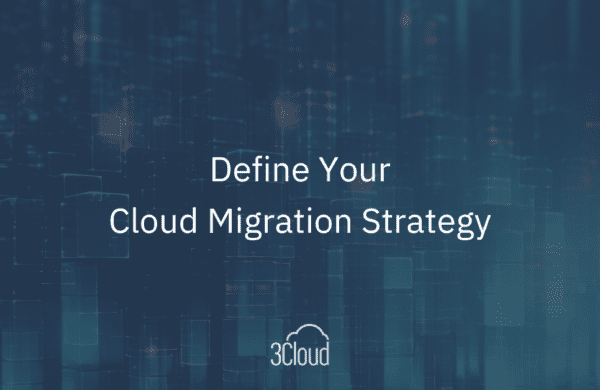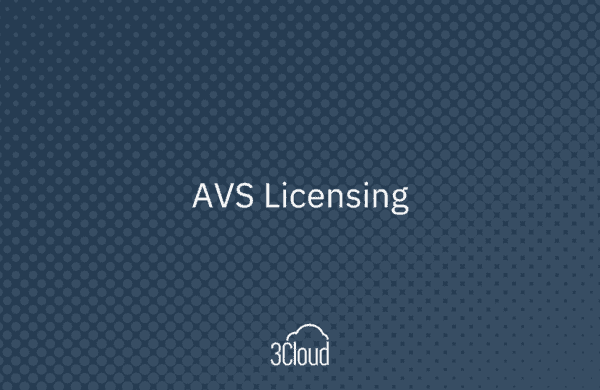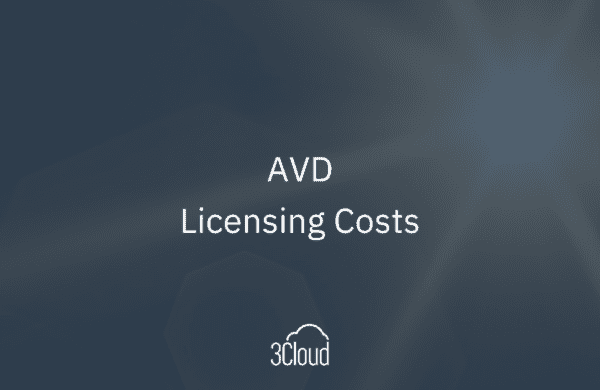In a recent post, we covered the very initial steps of app modernization, from clarifying why you’re modernizing to deciding whether you’ll build or buy. If you’ve decided that your legacy application is too closely tied to the success of your organization to make buying a SaaS tool an option, then the decision to build brings up another big question that can hang above decision makers’ heads: which cloud platform should you build on?
This is a tough decision because today’s battle for dominance in cloud computing–between Amazon, Microsoft, and Google–is this decade’s version of the Browser Wars. With largely similar offerings and pricing models that are far from transparent, it can be especially hard for executives and their teams to make a choice. Any of the top three can help you achieve your modernization goals–to bring your legacy system onto a future-fit, modern platform, to gain an ability to deploy new digital user experiences faster and more effectively, or both. Below, we challenge cost as the only determining factor in considering clouds, outline primary considerations you should weigh instead, and provide a quick comparison to help you make the right choice for your digital roadmap.
Why YOU Are Winning the Cloud Wars
Among ‘the Big Three’ cloud providers, Amazon Web Services (AWS) was first to market and has held steady as the leader, with a 32% share of the cloud infrastructure services market. Meanwhile, Microsoft is a close second at 18% with Azure. Google came into the market later and is currently at 8% with the Google Cloud Platform, but is by far the fastest growing with a revenue increase of 45% in the third quarter of 2020.
The ongoing competition between these platforms has made price, once a strong point of differentiation, more or less a wash as each offers more discounts, adjustments, and price reductions. When we developed a proprietary, in-depth price comparison at Polaris, we went into it with the conventional wisdom that AWS is cheaper than Azure. Instead, we were surprised to find that–with the Azure Hybrid Benefit applied–Azure was slightly cheaper. Overall, the cost differences for core offerings are negligible.
4 Questions to Ask Yourself When Picking a Provider
Amazon, Microsoft, and Google will keep jostling for the lead and offering competitive price adjustments. Take this as the advantage it is for your app modernization project, and be sure to let your decision be informed by considerations other than cost. Most executives and IT leaders will find a clear path by contemplating the following four questions.
How easily will the solution integrate with current infrastructure?
According to a 2018 study, more than one-third of the 550 executives surveyed reported that their IT departments were under pressure to move all applications and infrastructure to the cloud. Moving 100% to the cloud, however, is not always the answer and many mid-sized or large organizations find that some of their applications or databases still make more sense on-premises. If you fall into this latter category, you may want to lean toward Microsoft given their long-standing focus on hybrid and multi-cloud solutions.
How large or active is the community around your platform?
If your community of users or customers is large, extremely engaged, or–most importantly–poised for growth, you’ll want to pick a provider who makes it easy to manage your account and upgrade as needed. Credit card processing company Clearent, for example, utilizes the Azure SQL Database hyperscale service tier in order to automatically scale to handle their annual payment transactions of 500 million and counting.
How mature is your platform?
As outlined below, Google Cloud Platform tends to be the go-to option for startups and cloud-native applications, whereas Azure and AWS have historically been trusted to provide cloud computing for more mature organizations and their legacy systems. Your project may be increasingly complex, depending on how many servers and virtual machines you’ll use and whether you’ll need to run parallel and iterative processes as you move your application to the cloud.
What’s the risk of competition with your cloud provider?
There’s one surprising factor in selecting a cloud provider that can be overlooked if you’re only weighing technical capabilities and running a price comparison: potential competition with your provider. As Amazon threatens to move into more and more verticals including healthcare and finance, many organizations must weigh the risk of current or future competition when considering AWS.
Cloud Comparison Cheat Sheet
As you answer the questions above, you’ll get a sense of where your priorities lie. From there, you can let this cloud comparison cheat sheet guide you to the right platform for your specific app modernization project.
As you navigate the pros and cons of each platform, one thing is certain: in the 21st century, few decisions define an organization’s success like its digital strategy and products. If you have existing Microsoft licenses or plan to keep some percentage of your infrastructure on-premises, Microsoft Azure is well poised to meet your needs. You can utilize onsite servers to run your applications on the Azure stack, or set compute resources to tap cloud-based resources as needed. If you’re moving 100% to the cloud or building a new, cloud-native app, Google Cloud Platform might be a serious contender.
At 3Cloud, we believe in meeting our partners where they are and helping them find the right solutions and strategies for long-term success. To get our support picking a cloud provider, or help with any stage of your app modernization, reach out anytime for a free consultation.




